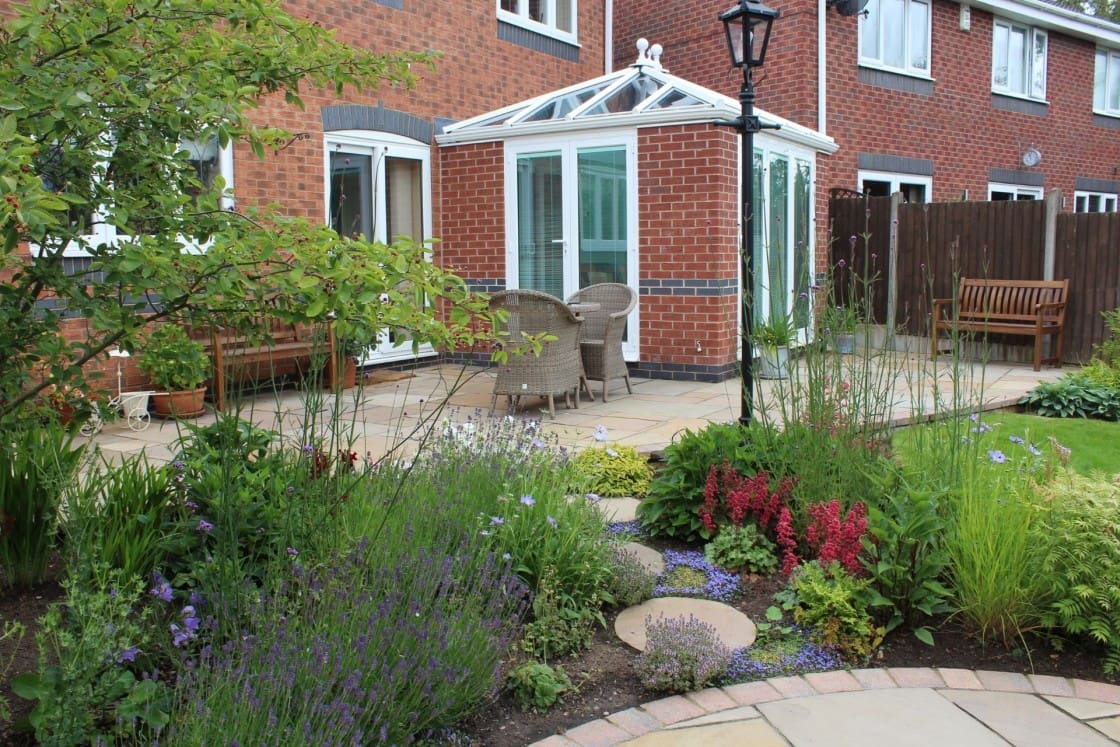Quick and Easy Garden Styling Tips – Autumn Inspired Planters


Spring is just around the corner. It’s time to get your garden in ship-shape and ready for the British sun.
Check for frost damage, especially in paths and edging. Check the general condition of your decking or patio and make any needed repairs. Clean your outdoor furniture so it’s ready for when you are relaxing in the garden after a busy day with the family.
Winter is the perfect time of year to get any annoying maintenance jobs out of the way. Check fence panels, gates and trellis for any signs of weather damage or rotting. Fixing anything that’s broken now will give you more time to spend in the garden during the spring and summer. Clean fence panels and gates with a power washer to remove dirt, moss and grime. Use a stiff brush to help remove stubborn grime. Let the wood dry completely before applying two coats of stain, paint or wood preservative on a dry day.
Some people like to take down their bird feeders around springtime and put them away until they’re needed again in the Autumn. If you want to leave them up all year-round as a decorative piece, now’s a good time to take them down, wash and clean them, and fill them with fresh seeds or nectar for spring.
Keep an eye on your favourite gardening shows on TV and make a note of any plants or flowers that really catch your eye. You can then order any summer-blooming bulbs and seeds now – it’s the perfect task for a wet and windy winter’s day. Flowers like lilies and gladioli can all be ordered in the winter ready to be planted in the early spring.
Carefully look for and remove hibernating pests now, which will save you a lot of trouble in the spring and summer. Look closely at your perennial plants and check for any slugs, snails and aphid colonies sheltering for the winter.
If you still haven’t cleared last year’s pots of summer bedding, then do so now. Check for pest larvae that live in the compost and feed on plant roots. Destroy any larvae that you find and be prepared to treat for any recurring larvae this coming year.
Install a water butt in your garden this winter to make the most of the rainfall. Most of the year’s rain falls in winter, so now’s a perfect time to collect it. Harvesting rainwater is perfect for environmentally-friendly gardening.
Rainfall is the best type of water for plants. Ericaceous plants in particular, such as camellias and rhododendrons do best with rainwater since tap water is often slightly alkaline.
When you install your water butt, position it underneath a down-pipe from your home or shed. If you’ve got a closed drainpipe, you’ll need to get a separate kit to syphon off some of the water.
Any spring-blooming bulbs should be planted in the autumn, summer-blooming bulbs including dahlias and gladioli should be planted once the threat of frost has gone. Check online to see the average last frost date for the area you live in to get a general idea of when to plant your bulbs. The best method is to get them in the ground after the last frost once the ground has warmed up.
With this spring landscaping and garden checklist, you’ll have one of the best-looking gardens around. You’ll have more time to kick back and enjoy your landscape over the summer with these tasks out of the way.
Book a call with one of the design team and we’ll come to visit you and help you get your garden ready for all seasons. Book your consultation now.